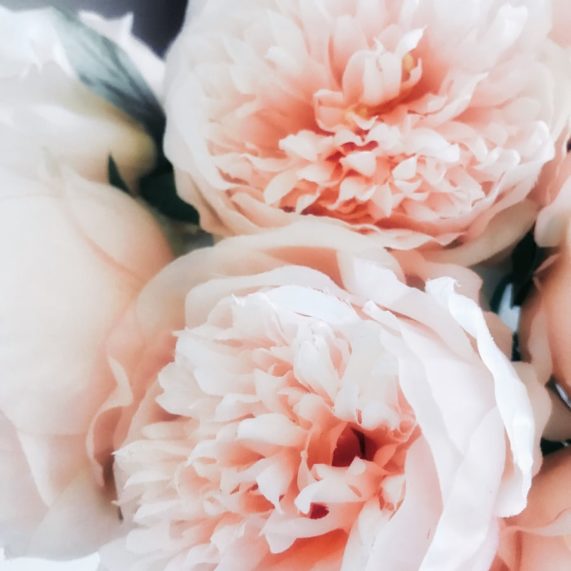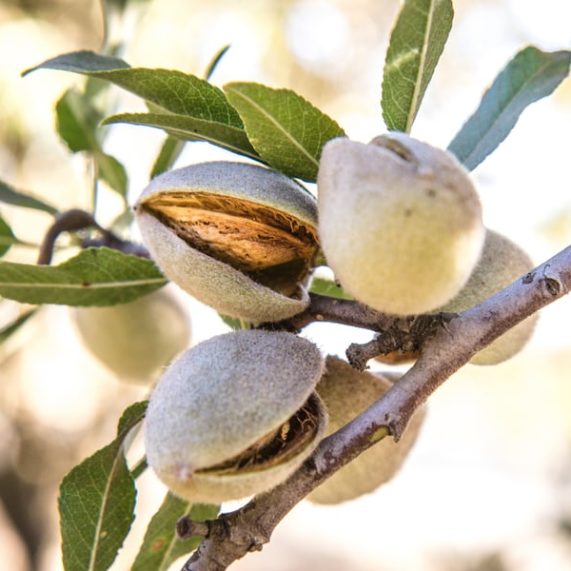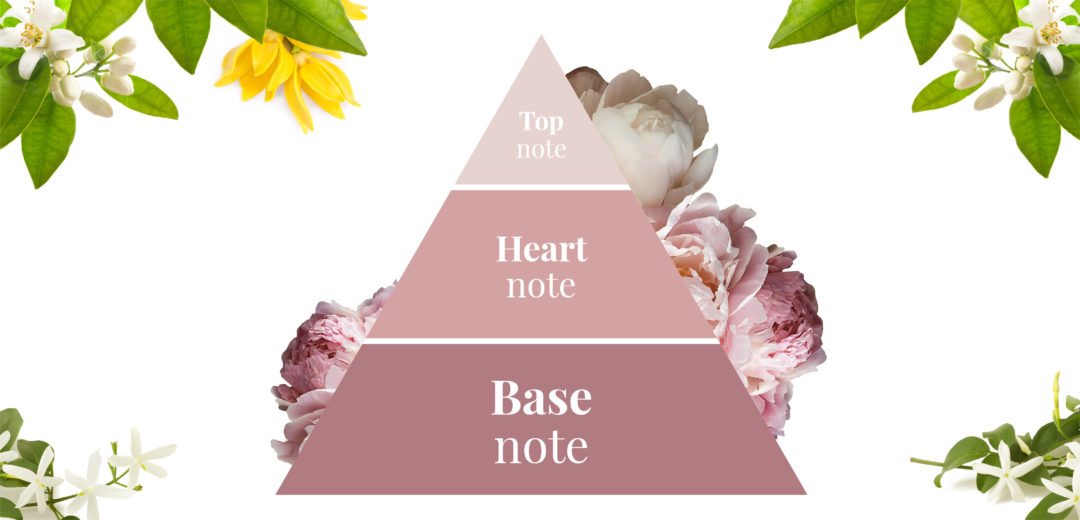
What is the olfactory pyramid?
Written on 19 February 2021
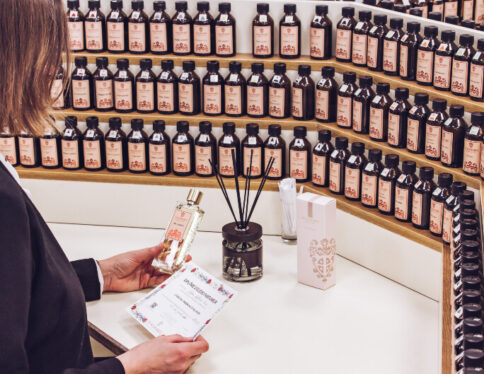
A Perfume Just for You
Written on 10 April 2024
“Finding a fragrance to match my personality,” having a “custom ” scent, or even “wearing a perfume that no one else wears,” are requests we often hear from our clients. Many of them can find the right fragrance in our shops thanks to the wide range we offer. Galimard perfumes encompass numerous olfactory families ; since […]
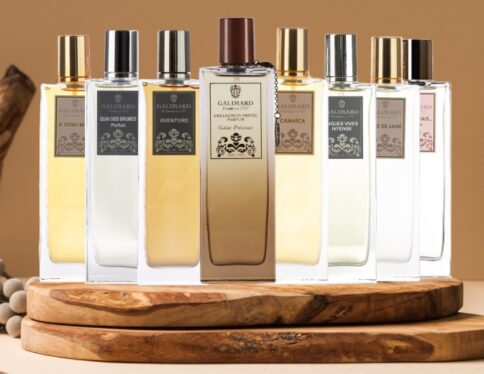
Woody fragrances
Written on 1 March 2024
Woody notes in perfumery occupy a special place in the list of olfactory families and are among the most sought after perfumes. Timeless, they transcend decades and seasons without losing appeal as they are appreciated by every demographic. Often, when a customer talks about a woody perfume, they are referring to sandalwood. It is indeed […]
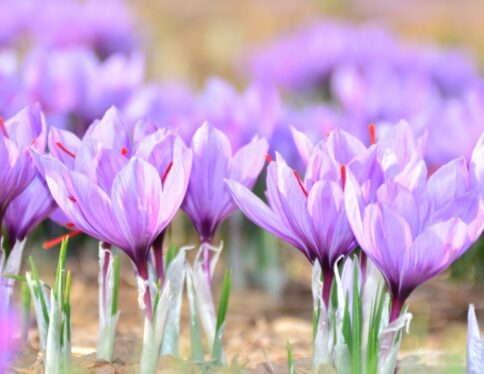
Saffron in perfumery
Written on 1 February 2024
As February dawns and the winter frost begins to melt, lovely crocus flowers let us know spring is on its way. This little flower, although quite precious, cannot be used in perfumery. This is quite surprising given that its close relative, the Crocus Sativus, which blossoms only in autumn and is impossible to find in […]

